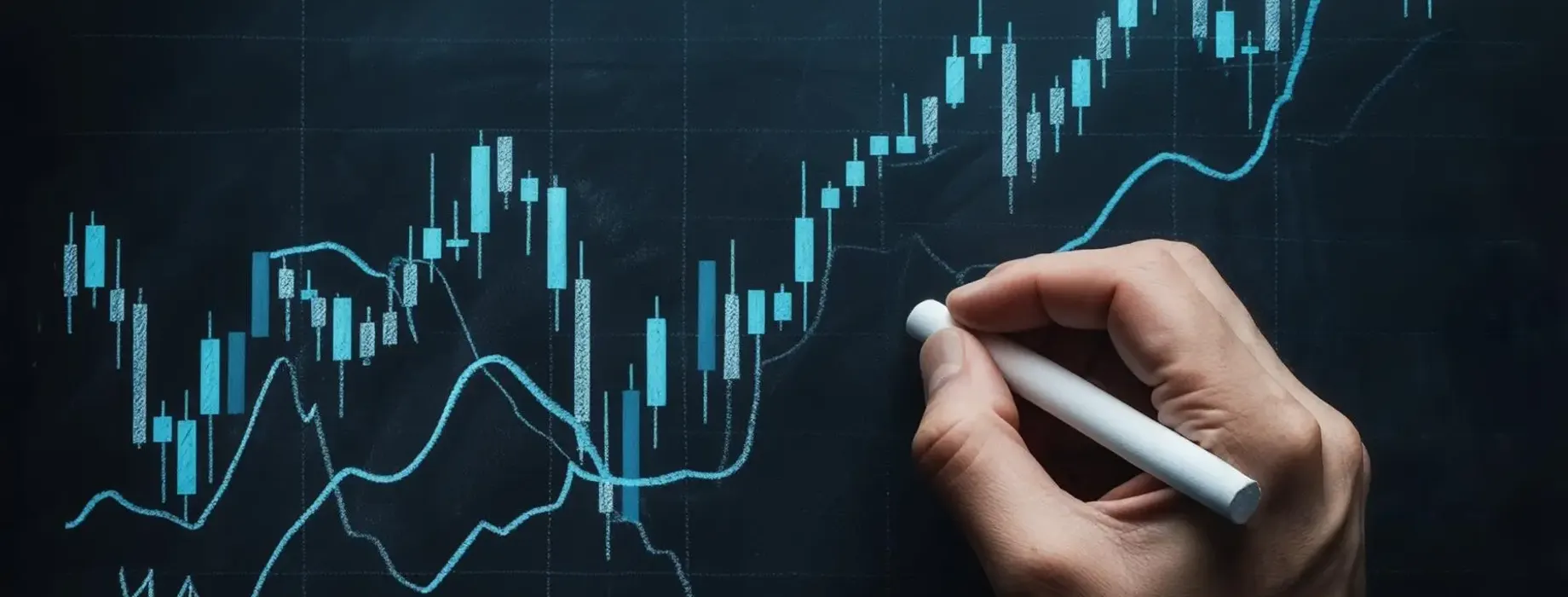- Energy Prices: Fluctuations in global energy prices have significantly impacted Pakistan’s domestic energy costs, leading to variations in the overall CPI.
- Food Prices: Seasonal changes and supply chain disruptions have resulted in significant shifts in food prices, a substantial component of the CPI basket.
- Government Policies: Fiscal interventions such as subsidies and tariffs have shaped CPI trends, indicating the influence of policy-driven changes.
Comprehensive Top Analysis of CPI Pakistan and Its Impact on the Economy

The Consumer Price Index (CPI) in Pakistan is a crucial economic indicator that reflects the average change over time in the prices paid by consumers for goods and services. This article explores the importance of CPI Pakistan, its recent trends, and how investors can use this information to make informed decisions.
Article navigation
- Understanding the CPI and Its Role in Pakistan
- Recent Trends in Pakistan’s CPI
- Investment Strategies in Light of CPI Pakistan
- Pocket Option and Quick Trading
- Pros and Cons of Using CPI Data for Investment
- Interesting Fact
- How CPI Affects the Average Consumer
- Comparing CPI Trends: Pakistan Versus Neighboring Economies
- Practical Example of CPI Implications
Understanding the CPI and Its Role in Pakistan
The Consumer Price Index (CPI) is a vital economic measure used to track inflation within an economy. For Pakistan, the CPI Pakistan serves as an essential benchmark to evaluate the cost of living and the country’s economic stability. It captures the average change in prices over time for a broad basket of goods and services, making it a critical indicator for policymakers, businesses, and investors. Understanding the dynamics of CPI Pakistan can provide insights into consumer purchasing power and economic health.
Recent Trends in Pakistan’s CPI
The CPI Index Pakistan has experienced notable volatility in recent years, driven by various factors including global economic conditions, domestic policies, and supply chain disruptions. As of 2025, several key elements have influenced Pakistan’s CPI:
Investment Strategies in Light of CPI Pakistan
Investors can strategically leverage insights from the CPI Pakistan to inform their investment decisions. Here are some approaches:
- Diversification: By identifying sectors most affected by CPI fluctuations, investors can diversify their portfolios to mitigate risks associated with inflationary pressures.
- Inflation-Linked Securities: Investing in assets that offer returns tied to inflation can safeguard against the erosion of purchasing power.
- Real Estate: Property investments often act as a hedge against inflation, as real estate values typically appreciate alongside rising inflation.
Pocket Option and Quick Trading
Pocket Option offers investors unique opportunities to capitalize on market movements influenced by CPI data. The platform’s quick trading feature allows investors to engage in short-term trades based on economic indicators like the CPI Pakistan, providing a dynamic approach to market engagement.
Pros and Cons of Using CPI Data for Investment
- Pros: Provides insights into inflation, Helps in risk management, Informs investment strategies
- Cons: Can be volatile and unpredictable, Requires continuous monitoring, May not capture all economic factors
Interesting Fact
Did you know that the CPI basket in Pakistan includes over 350 items, reflecting diverse consumption patterns across the nation? This comprehensive approach ensures that the CPI index Pakistan accurately represents the economic reality for the average consumer. Furthermore, the collection process involves extensive surveys and data gathering, making it a robust tool for economic analysis.
How CPI Affects the Average Consumer
The CPI Pakistan significantly impacts consumer purchasing power. An increase in the CPI indicates rising prices for goods and services, which can erode purchasing power. This often leads to reduced consumer spending, impacting businesses and potentially slowing economic growth.
Comparing CPI Trends: Pakistan Versus Neighboring Economies
Comparing the CPI Pakistan with those of neighboring economies like India and Bangladesh provides valuable insights. While all three countries face common challenges such as energy price volatility and agricultural dependencies, their CPI trends can diverge based on domestic policies and economic conditions.
Practical Example of CPI Implications
Consider a local business in Pakistan that imports raw materials. A rise in the CPI Pakistan can increase the cost of these materials, affecting the business’s profitability. Understanding CPI trends allows such businesses to adjust pricing strategies and manage operational costs effectively.
The significance of the pakistan cpi cannot be overstated, as it directly affects various sectors of the economy, influencing business strategies and consumer behavior. By closely monitoring these trends, both businesses and investors can better prepare for economic shifts.
FAQ
What is the significance of the CPI Pakistan for investors?
The CPI Pakistan is a vital economic indicator that helps investors understand inflation trends, which can influence investment strategies. By analyzing CPI data, investors can make informed decisions about asset allocation, portfolio diversification, and risk management.
How does the CPI affect the cost of living in Pakistan?
The CPI directly impacts the cost of living by indicating changes in the prices of goods and services. A rising CPI suggests increased costs, which can reduce consumer purchasing power and alter spending habits, leading to a shift towards essential goods.
Why is it important to compare Pakistan's CPI with neighboring countries?
Comparing CPI trends with neighboring countries like India and Bangladesh offers insights into regional economic dynamics and policy effectiveness. It helps identify unique challenges and opportunities within each economy, aiding in strategic economic planning and investment decisions.
How can businesses in Pakistan use CPI data to their advantage?
Businesses can use CPI data to anticipate changes in input costs and adjust pricing strategies accordingly. By understanding inflation trends, businesses can manage operational costs, optimize supply chain decisions, and maintain profitability despite economic fluctuations.
What role does Pocket Option play in leveraging CPI data for investment?
Pocket Option provides a platform for quick trading, allowing investors to capitalize on market movements influenced by CPI data. By offering tools and insights for short-term trades, Pocket Option helps investors engage dynamically with the market and make strategic decisions based on economic indicators like the CPI Pakistan.